Released in mid-March 2022, the Oppo Find X5 Pro is the brand’s latest Ultra-Premium offering ($800 and higher). Among other features, it houses a fast-charging battery and a triple camera with Hasselblad color calibration. Let’s see how well it performed in our comprehensive array of Display tests.
Key display specifications:
- 6.7-inch OLED screen
- Resolution: 3216 x 1440 pixels (525 ppi)
- Aspect ratio: 20.1:9
- Refresh rate: 120 Hz
About DXOMARK Display tests: For scoring and analysis in our smartphone and other display reviews, DXOMARK engineers perform a variety of objective and perceptual tests under controlled lab and real-life conditions. This article highlights the most important results of our testing. Note that we evaluate display attributes using only the device’s built-in display hardware and its still image (gallery) and video apps at their default settings. (For in-depth information about how we evaluate smartphone and other displays, check out our articles, “How DXOMARK tests display quality” and “A closer look at DXOMARK Display testing.”)
Test summary
Scoring
Sub-scores and attributes included in the calculations of the global score.
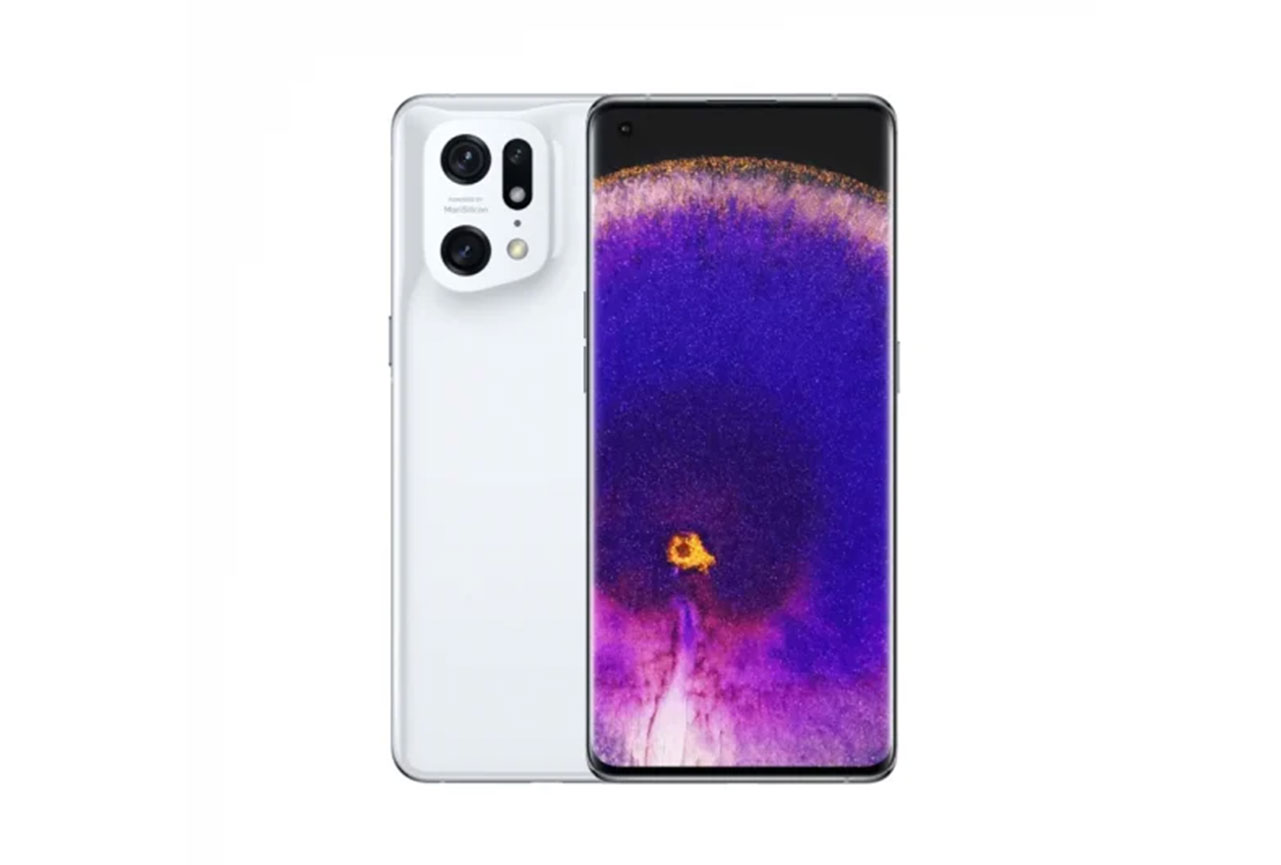 Oppo Find X5 Pro
Oppo Find X5 Pro


 67th
67th
 47th
47th
Pros
- Good color rendering in most tested conditions, both on axis and on angle
- Very good color and brightness uniformity
- Readable in low-light and indoor conditions, with brightness adapted to time of day
- Smooth when browsing and in the gallery app
Cons
- In HDR10 videos, very saturated colors and barely visible dark tones
- Lack of smoothness when playing video games
- Visible aliasing when gaming
The Oppo Find X5 Pro’s overall score of 95 reflects its strong performance in most DXOMARK Display protocol tests. It is well suited for overall indoor and low-light use, thanks to good color fidelity and good readability. However, it is not comfortable for watching HDR10 videos, as its colors are too saturated and dark tones are not visible.
Analyses and comparisons
A DXOMARK Display overall score of 95 for the Oppo Find X5 Pro is derived from its scores across six attributes: readability, color, video, motion, touch, and artifacts. In this section, we’ll take a closer look at these display quality sub-scores and explain what they mean for the user, and we will compare the Oppo device with three of its rivals, the OnePlus 9 Pro, the Samsung Galaxy S22 Ultra (Exynos), and the Apple iPhone 13 Pro Max.

Readability
Oppo Find X5 Pro
75
76
DXOMARK uses the device’s gallery app to show static (still image) content when measuring the device’s display for brightness, contrast, gamma, and blue light impact, etc.
The Oppo Find X5 Pro has generally very good readability, with particularly appropriate brightness levels in low-light and indoor lighting conditions, along with smooth adaptation when lighting conditions change; moreover, it adapts its brightness according to the time of day. The Oppo device is uniform in brightness, and it remains readable when viewed from an angle.
The comparison charts below show the Oppo’s performance vs. the competition at 0 lux (low light) and at 30,000 lux (broad daylight):
The Find X5 Pro’s brightness is well suited for low-light conditions during the day, but is slightly low at night.
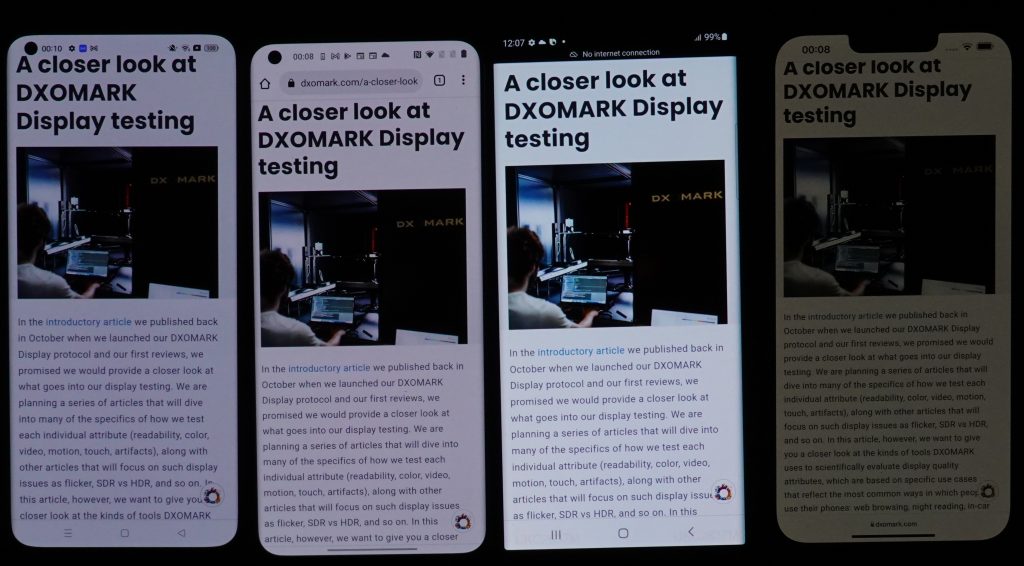
Readability in low light at night, blue light filter off, from left to right: Oppo Find X5 Pro, OnePlus 9 Pro, Samsung Galaxy S22 Ultra (Exynos), Apple iPhone 13 Pro Max
The device is readable in indoor conditions.

Readability indoors, from left to right: Oppo Find X5 Pro, OnePlus 9 Pro, Samsung Galaxy S22 Ultra (Exynos), Apple iPhone 13 Pro Max
In outdoor conditions, however, the Oppo device lacks some brightness, especially under sunlight.

Readability under sunlight, from left to right: Oppo Find X5 Pro, OnePlus 9 Pro, Samsung Galaxy S22 Ultra (Exynos), Apple iPhone 13 Pro Max

Color
Oppo Find X5 Pro
91
92
DXOMARK uses the device’s gallery app to show static (still image) content when measuring the device’s display for white point, gamut, uniformity, color fidelity, and blue light filter impact, etc.
The Oppo Find X5 Pro puts in a very strong performance for color. It can adapt its white point to the ambient lighting, although this feature is not activated by default.
The device has good overall color fidelity in indoor conditions.

Color rendering indoors, clockwise from top left: Oppo Find X5 Pro, OnePlus 9 Pro, Apple iPhone 13 Pro Max, Samsung Galaxy S22 Ultra (Exynos)
A yellow cast is sometimes visible outdoors, especially under sunlight.

Color rendering under sunlight, clockwise from top left: Oppo Find X5 Pro, OnePlus 9 Pro, Apple iPhone 13 Pro Max, Samsung Galaxy S22 Ultra (Exynos)
The charts below show the Oppo Find X5 Pro’s measured color faithfulness in both the RGB and P3 color spaces at 1000 lux. The further the tip of an arrow is outside the circle, the more noticeable the difference between the device’s color rendering and the original source material. The Oppo has good color fidelity in the P3 space, but not quite as good in the RGB color space in the device’s default Vivid color mode.


The charts below show the Oppo’s color tendencies when held at an angle. Each dot represents a measurement taken at a discrete angle and distance from the device. Dots inside the inner circle exhibit no color shift in angle; those between the inner and outer circle have shifts that only trained experts will see; but those falling outside the outer circle are readily noticeable. The colors hardly shift when the device is viewed at an angle, making it easy for users to show screen content to on-looking friends.
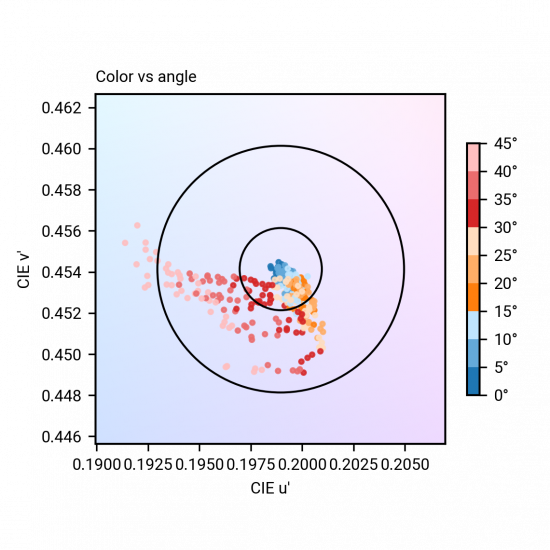

Video
Oppo Find X5 Pro
61
91
DXOMARK uses the device’s video (or gallery) app to show dynamic content when measuring the device’s display for brightness, contrast, gamma, and color.
The Oppo Find X5 Pro’s overall score was adversely affected by its disappointing score for video, where its brightness is low for HDR10 content. HDR10 videos on its display are too contrasted, and dark tones are not visible.

Video brightness, clockwise from top left: Oppo Find X5 Pro, OnePlus 9 Pro, Apple iPhone 13 Pro Max, Samsung Galaxy S22 Ultra (Exynos)
But the Find X5 Pro’s video color rendering is arguably more problematic, with oversaturated colors and a visible reddish cast (especially on darker tones) degrading the color fidelity.
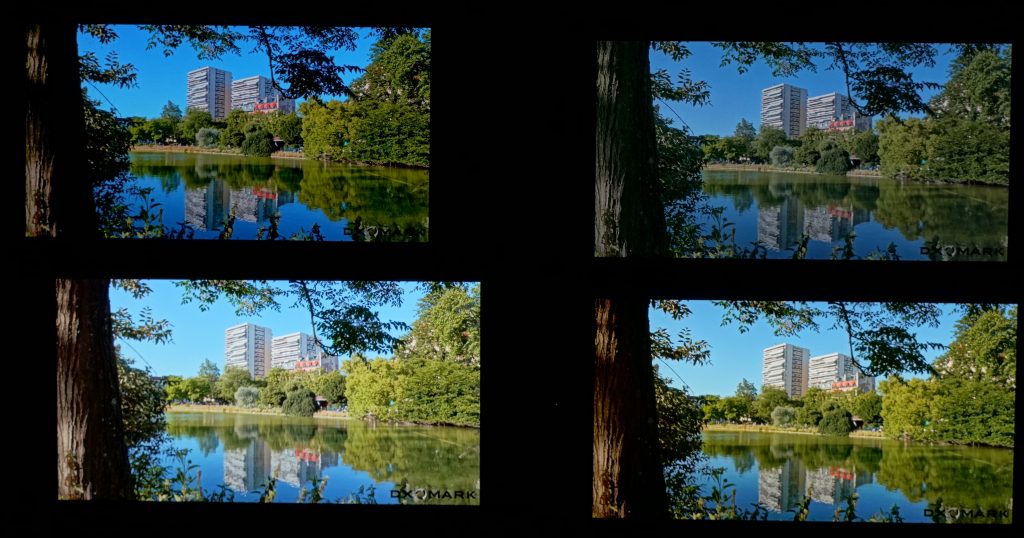
Video color rendering, clockwise from top left: Oppo Find X5 Pro, OnePlus 9 Pro, Apple iPhone 13 Pro Max, Samsung Galaxy S22 Ultra (Exynos)
The reddish cast particularly impacts skin tone rendering.
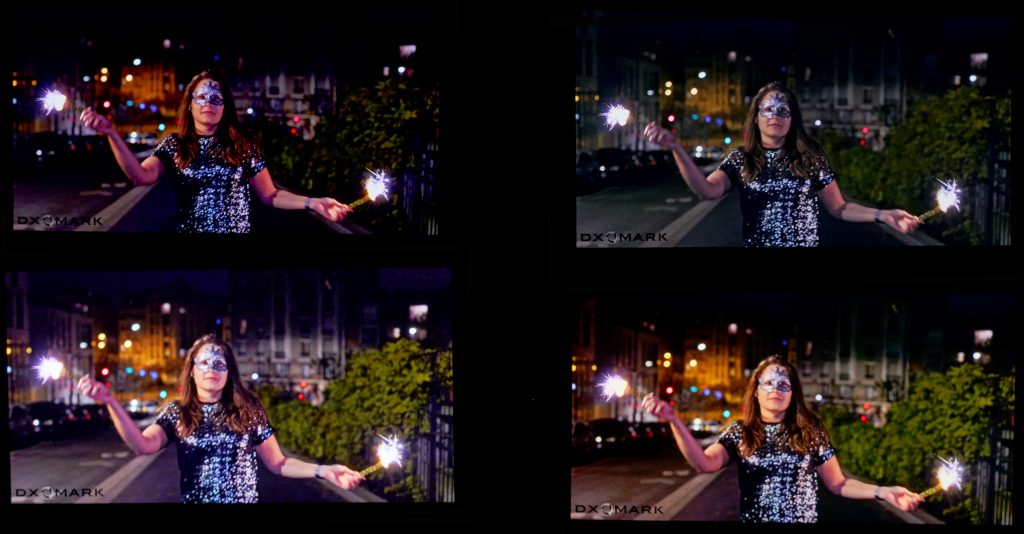
Video skin tone color rendering, clockwise from top left: Oppo Find X5 Pro, OnePlus 9 Pro, Apple iPhone 13 Pro Max, Samsung Galaxy S22 Ultra (Exynos)

Motion
Oppo Find X5 Pro
86
87
The Oppo device shows a few frame mismatches when playing 30 fps and 60 fps content, but no frame mismatches are visible when playing video games. It manages motion blur well. The Find X5 Pro shows a delay and sometimes a small rollback before resuming video playback.

Touch
Oppo Find X5 Pro
80
85
The Oppo Find X5 Pro is accurate when zooming in the gallery app, although the zoom is capped. The screen reacts accurately and corners are touchable when playing video games. Although the device feels smooth when browsing the web and when in the gallery app, it lacks smoothness when playing video games.

Artifacts
Oppo Find X5 Pro
84
86
The Oppo Find X5 Pro shows some judder when playing 24 fps content, although no judder is visible for 30 fps and 60 fps content. With a PWM measured at 359 Hz, flicker is hardly visible; however, the Oppo remains behind the Honor Magic4 Ultimate, our current top OLED device for flicker control. During testing, our engineers did not notice any responses to accidental touches on the screen. However, the device is not optimal for gaming, as aliasing is visible and it lacks smoothness when playing video games.


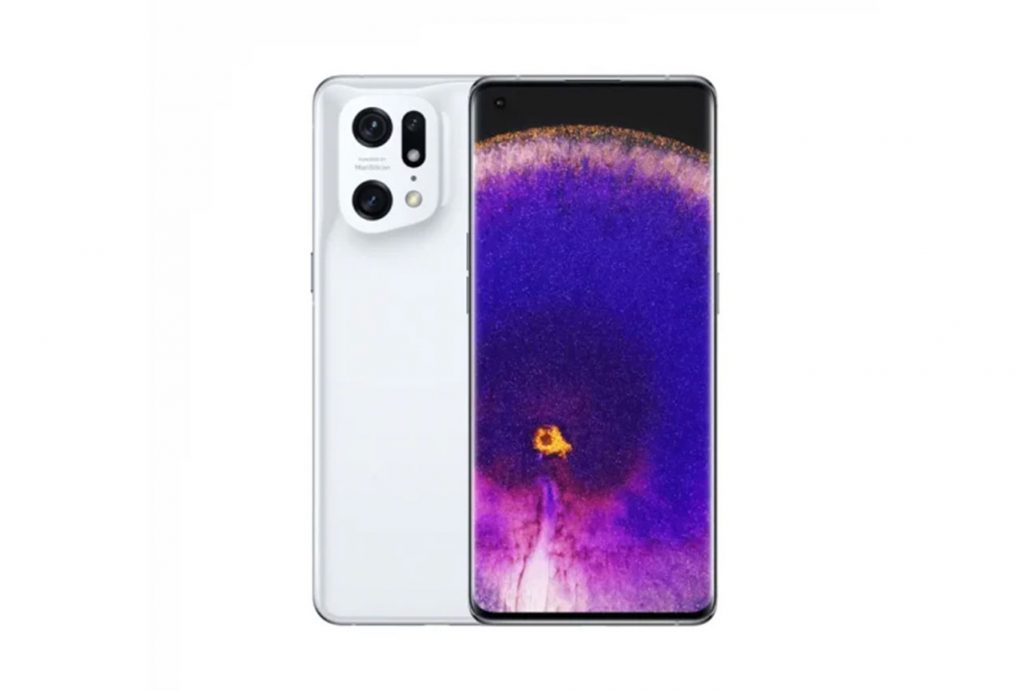



DXOMARK encourages its readers to share comments on the articles. To read or post comments, Disqus cookies are required. Change your Cookies Preferences and read more about our Comment Policy.